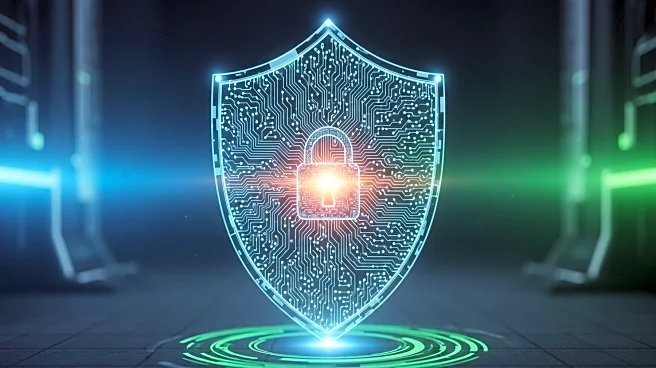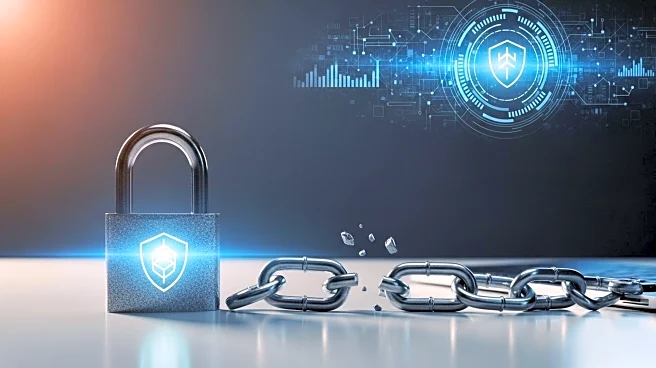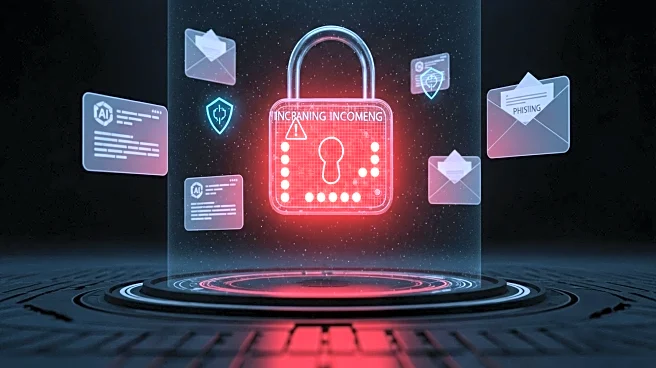What is the story about?
What's Happening?
Cyber resilience is emerging as a critical focus for organizations aiming to mitigate the impacts of cyber attacks and breaches. According to Abbas Kudrati, a former CISO at KPMG Australia and current lecturer at La Trobe University, cyber resilience emphasizes rapid recovery rather than achieving complete security. Sandeep Taileng, information security leader at State Trustees, highlights key attributes such as constant vigilance, robust construction, rapid damage control, and learning from experiences. The approach is supported by regulations like Australia's CPS 230 and global standards, which promote recovery and continued operation over mere prevention. Despite its importance, adoption faces challenges including executive engagement, resource allocation, cultural resistance, and the complexity of managing resilience across third parties.
Why It's Important?
The shift towards cyber resilience is significant for U.S. industries and public policy as it aligns cybersecurity strategies with business continuity and operational risk management. By focusing on recovery and resilience, organizations can minimize financial impacts, reputational damage, and regulatory compliance issues. This approach is increasingly accessible to non-technical executives, making cyber resilience a core business priority. The integration of cyber risk management with enterprise-wide frameworks, as suggested by Kudrati, enhances visibility at the board level, ensuring comprehensive risk assessments and strategic alignment. The growing interest in resilience solutions, including data backup and threat detection, reflects the market's response to evolving cybersecurity needs.
What's Next?
Organizations are expected to continue integrating cyber resilience into their business continuity plans, leveraging frameworks like ISO 31001 and NIST CSF 2.0. The adoption of zero-trust architecture, emphasizing least privileged access, will further support resilience strategies. As the threat landscape evolves, continuous education and leadership commitment will be crucial in overcoming obstacles to adoption. The cybersecurity community's focus on concepts like 'shifting left' and cybersecurity mesh architecture indicates ongoing efforts to enhance resilience capabilities. Stakeholders, including businesses and regulatory bodies, will likely push for more robust resilience measures to safeguard against future cyber threats.
Beyond the Headlines
The emphasis on cyber resilience highlights a cultural shift in cybersecurity, moving away from purely preventative measures to a more holistic approach. This shift requires organizations to rethink their cybersecurity strategies, fostering a mindset of adaptability and learning from incidents. The integration of cyber resilience into business terms makes it more relatable and impactful for executives, promoting a broader understanding of cybersecurity as a business imperative. As resilience becomes a priority, ethical considerations around data protection and privacy will also gain prominence, influencing policy and regulatory frameworks.
AI Generated Content
Do you find this article useful?
















